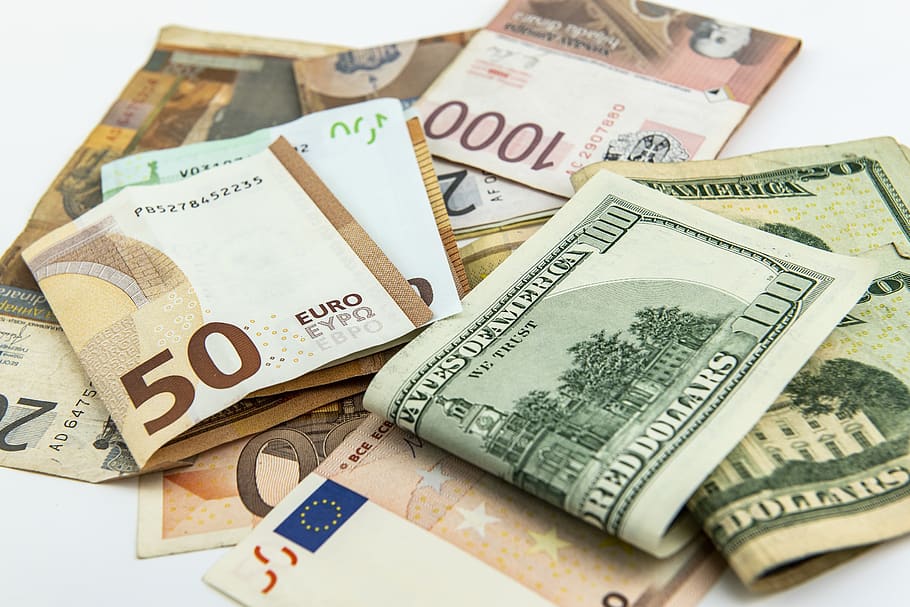The Land of the Rising Sun is incredibly modern in many ways, but one of the things that most surprises tourists and visitors is the low use of credit cards and the difficulty of withdrawing money with a foreign card.

Economic issues are of great importance in our daily lives, and even more so abroad. Japan is a country at the forefront of technology, but when it comes to the banking system and the habits of its citizens, it remains a very traditional country. Cash is still the preferred means of payment for the Japanese, although measures have been taken to facilitate card payments since it became known that Tokyo would be hosting the Olympic Games.
The problem with cards in Spain and the vast majority of Latin American countries is that when they are used in Japan, they are subject to exchange fees, which are generally not very high. In general, it is very difficult to authorise card payments, both in small shops and convenience stores and in small towns and rural areas. And although you can now pay by credit card in an increasing number of places, it’s always best to carry cash, just in case.
Although the Japanese are reluctant to use cards, there is one notable exception: transport cards – known as IC cards, Suica, Pasmo and a myriad of regional versions. The existence of these cards, which double as wallet cards and can be used to pay in many shops, has reduced the need for debit or credit cards. They are a very convenient and practical way of paying not only for public transport, but also for a soft drink, a meal or even products of all kinds.
But you can’t use a debit or credit card – let alone a foreign one – to fund this type of account. And withdrawing money in Japan is not easy for foreigners: most ATMs in Japanese banks only accept Japanese cards. Most foreign banks in Japan have ATMs that usually accept foreign debit and credit cards, although these are only found in Tokyo and to a lesser extent in the major cities.
If you need to withdraw money from an ATM, the best option is to use the Postal Bank, which has tens of thousands of ATMs in post offices across the country. It’s worth bearing in mind that post offices and their ATMs are open at specific times, usually closing around 4pm or 5pm, although in larger cities some offices have ATMs open 24 hours a day.
Convenience stores such as 7-Eleven, Lawson and others generally accept foreign debit and credit cards and offer menus in English and other languages. These machines have two features that make them particularly convenient: firstly, they are located not only inside shops, but also in railway stations, shopping centres and dozens of other places. Secondly, unlike postal bank ATMs, most of them are accessible 24 hours a day.
On the other hand, if you have your own currency and want to change it into yen, the best places to do so are the country’s airports. These exchange offices are located both inside the terminals where you collect your luggage and outside, where they are accessible to everyone. If you’re already in Tokyo, one of the most recommended places to change money is the Ninja Money Exchange in Shinjuku.
Finally, it’s important to remember that you should always carry cash with you, as not all shops accept foreign cards, especially outside the major cities.
